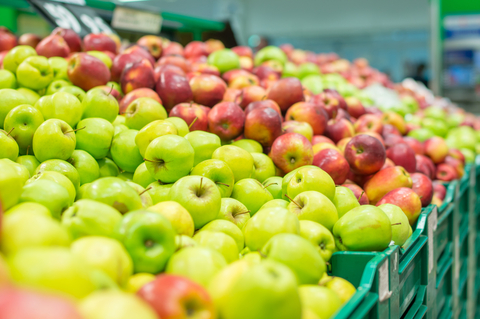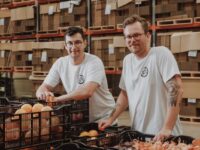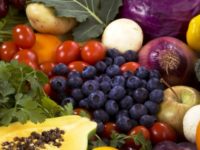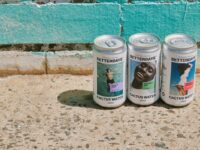 A lack of knowledge on food packaging and shelf life is costing Australian food producers through over-packaging, and hindering their export potential into Asia, according to a leading packaging technology expert.
A lack of knowledge on food packaging and shelf life is costing Australian food producers through over-packaging, and hindering their export potential into Asia, according to a leading packaging technology expert.
With local food producers looking to the Asia-Pacific market as an opportunity to grow their businesses, Dr Gordon Robertson, a former Professor of Packaging Technology, says there is a knowledge gap when it comes to effective plastic packaging and what that means for a food’s shelf life, particularly in the more tropical Asian climates.
“That’s the real challenge. You can sell a product happily in Australia, but then you get someone in the tropical countries who wants to buy it, and you find the shelf life is reduced because it’s a much warmer climate and higher humidity. ” Dr Robertson said.
Dr Robertson will be holding a two-day workshop on Plastics Packaging and Shelf Life for the Australian Institute of Food Science and Technology (AIFST), at the CSIRO in Melbourne from November 10 -11, 2015.
“While some food science and technology degree courses do include lectures on food packaging, they tend to be superficial. As a result, many graduates have a less than adequate understanding of the basic principles and their practical application in today’s industrial world,” he said.
“That’s why there is a lot of interest in the workshops. People get into industry and find they have to deal with packaging and shelf life and they know nothing about it, even though they have a degree in food technology or science.”
Although technology around food packaging is becoming increasingly sophisticated, Dr Robertson says his workshop is focused on the basics. This includes the different types of plastic packaging materials, their permeability and barrier properties, converting plastics into effective packaging for different food types, food deterioration and how to determine a food’s shelf life and package accordingly.
“It’s really a case of giving people the methodology to design their own packaging trials, and select the right plastic to give them the shelf life they want,” he said.
Dr Robertson says small to medium sized businesses tend to rely on the advice of packaging suppliers for their packaging needs. But without food technology expertise, over-packaging and larger costs can result.
“I’m here to inform participants that you can’t rely solely on your suppliers. They are packaging manufacturers, not food technologists, and they have no knowledge of food or how it deteriorates.”
“Anyone can over-package a product, that’s a no brainer. But to actually choose the right combination of plastics, to give you just the right shelf life requires a bit more knowledge. And you save a lot of money in the process.”















